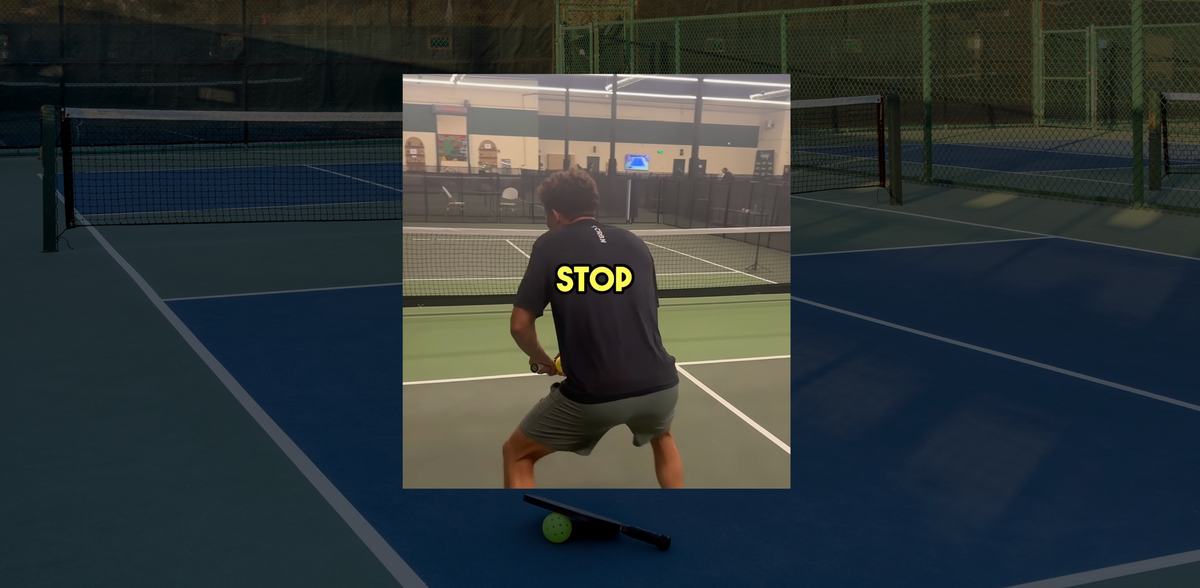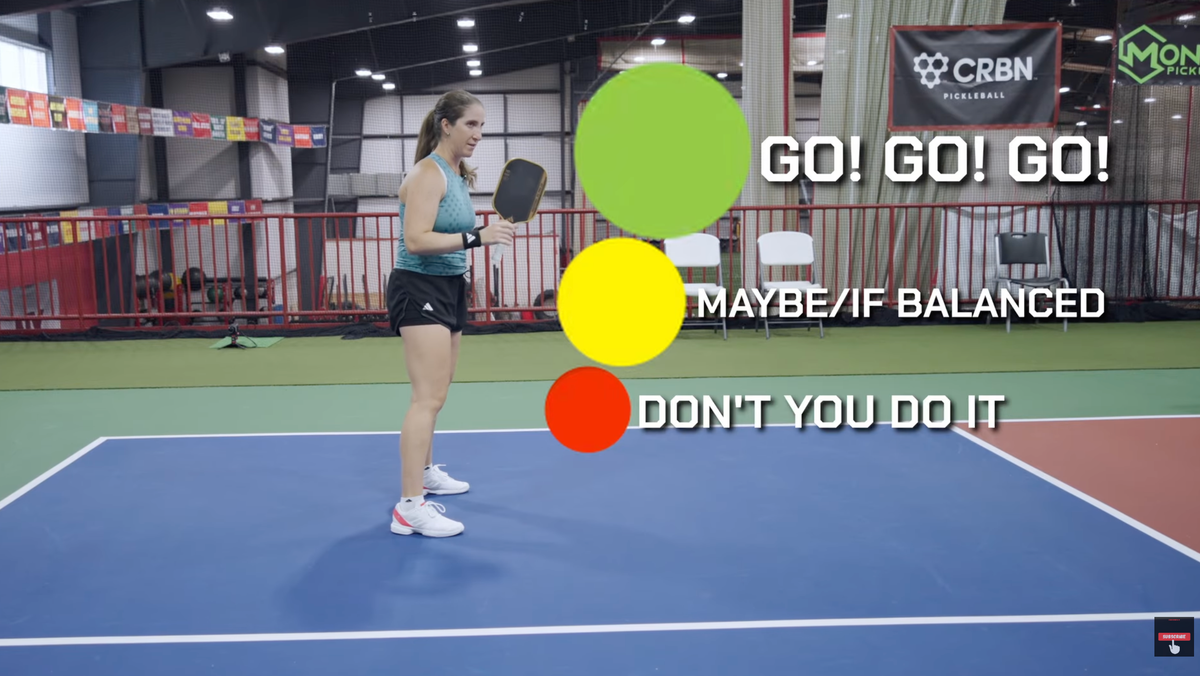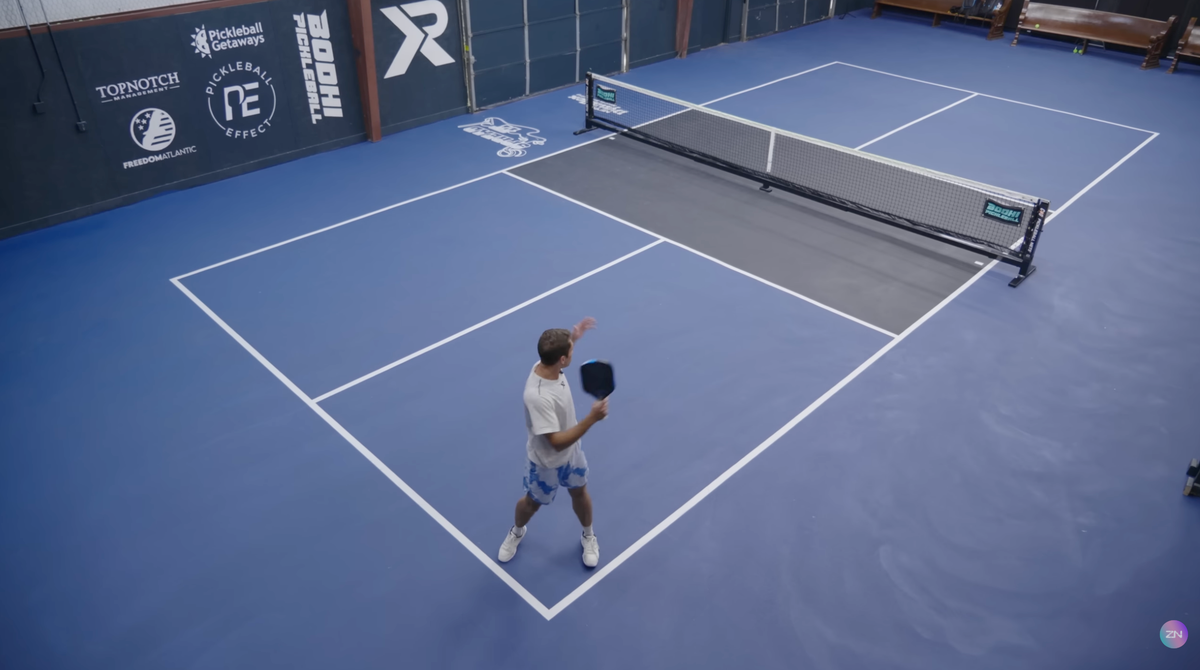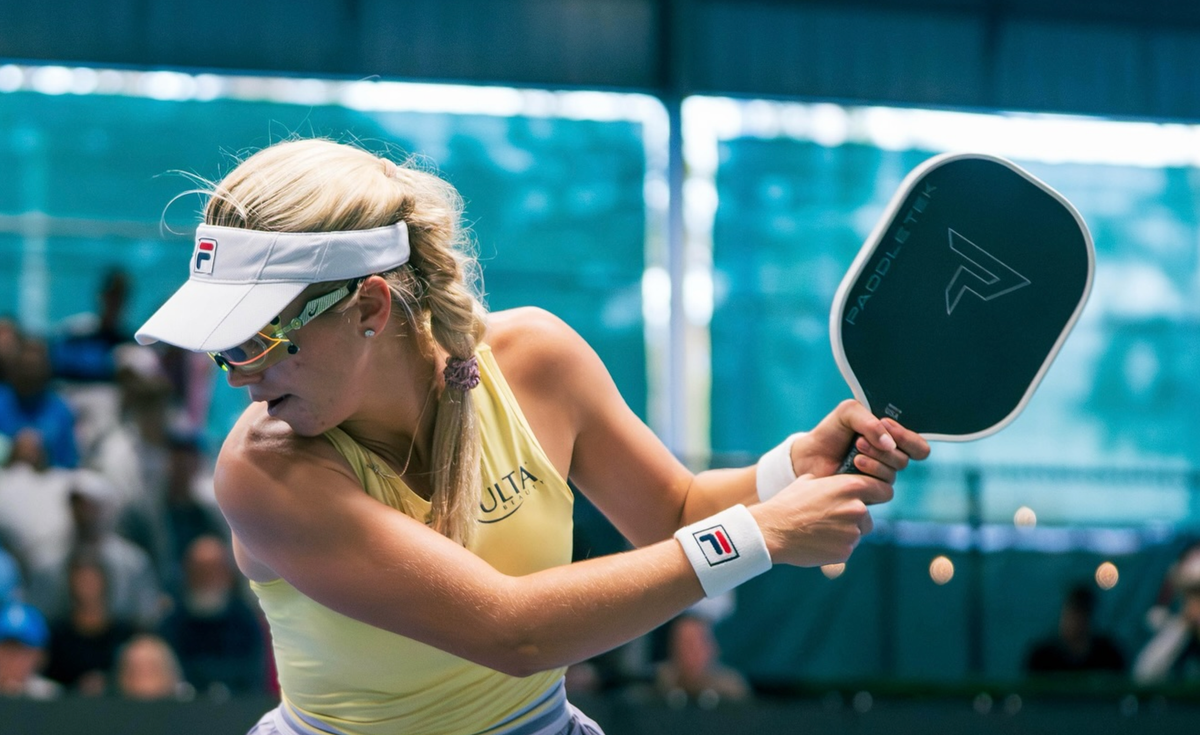For many years we have heard the conventional wisdom about keeping a ball “in play,” i.e., not hitting it into the net or out of bounds. Meanwhile, the Third Shot often sets the stage for the rest of the rally.
How good are the pros at keeping their third shots in play, and what can amateur players learn from this?
Let’s look at the stats from this season’s gold medal matches in Men’s, Women’s, and Mixed Doubles: three divisions, nine tournaments. The pros in those 27 matches hit nearly four-thousand third shots, keeping 93.6% in play. There wasn’t much variation: the Men’s finals averaged 93.5%, the Women’s finals were at 94.4%, and the Mixed finals were at 93.1%.
93.6% kept in play is one thing, but what does that look like on a per game basis? That is less than two-and-a-half third shots into the net or out-of-play per game for all four players combined, far less than once per player each game. Here are three examples of this high level of shot-making:
Anna Leigh Waters kept 49 of 50 third shots in play in the Women’s Doubles final at the Masters.
Christian Alshon kept all 53 third shots in play in the Men’s Doubles final at the Mesa Cup.
Jorja Johnson kept 43 of 44 third shots in play in the Mixed Doubles final at the North Carolina Cup.
What can amateur players learn from the pros here?
- Third shot drops need proper trajectory for adequate clearance above the net.
- Third shot drives that stay in play can set up easier fifth shots and prolong rallies. (A study last August found that only 17 percent of the pros’ rallies with third shot drives ended on the third or fourth shot.)
- Refining third shot drops and drives and keeping them “in play” will benefit amateur players.
Anuncie Aqui / Advertise Here
Sua marca para o mundo Pickleball! / Your brand for the Pickleball world!

 English
English  Spanish
Spanish  Portuguese
Portuguese  German
German  Italian
Italian  Japanese
Japanese  French
French  Polish
Polish  Russian
Russian  Netherlands
Netherlands  Hungarian
Hungarian  Turkish
Turkish  Videos
Videos 








 English (US) ·
English (US) ·  Portuguese (BR) ·
Portuguese (BR) ·